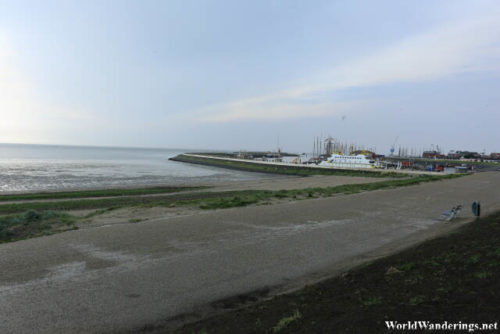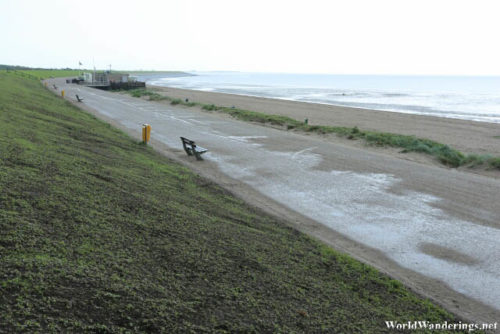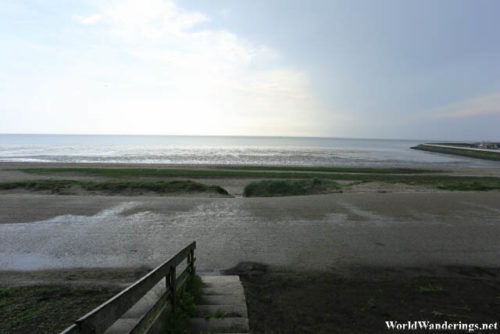We finally got tired of the city of Hindeloopen. It was a very pretty city and there were a lot of photographic opportunities, but it was time to move on. We were trying to make our way back to Amdsterdam, by going north. It seems that it was really an easier way back since there was much less traffic here compared to the southern route. We weren’t really in a hurry so we preferred the northern route. Our next stop is the the city of Harlingen. Like the other destinations, we didn’t know what to see here. What we know is that the weather suddenly turned bad. It was a shame since the weather had been great all day.
We first dropped by the local ALDI, which is a supermarket found in a lot of places in Europe. We got some water but found out that we were charged more than we expected. After a bit of translation issues, we found out that the extra charge was for a deposit for the plastic bottle, you get the money back when you return it to ALDI. It is very unlikely we would be able to return it anyway, so we took the water and left. Harlingen is a seaside city on the shores of the Wadden Sea. The Wadden Sea is another UNESCO World Heritage site in the Netherlands.
Just outside the city, there was a strip of beach where visitors can walk around. The rain was pouring so we needed to wait until it dies down. It wasn’t a nice day to walk at the beach. I can’t really appreciate the place because of the rain. We can see the Wadden Sea. According to UNESCO, the Wadden Sea is “the largest unbroken system of intertidal sand and mud flats in the world”. There is a lot of biological activity in the intertidals and I think it is underappreciated how rich it is. It is a critical stop over for migrating birds as well as the largest one. The Wadden Sea inscription covers the Dutch, Danish and the German part of the Wadden Sea.
[xmlgm {http://www.worldwanderings.net/kml/WaddenSea.kmz} zoom=19]


